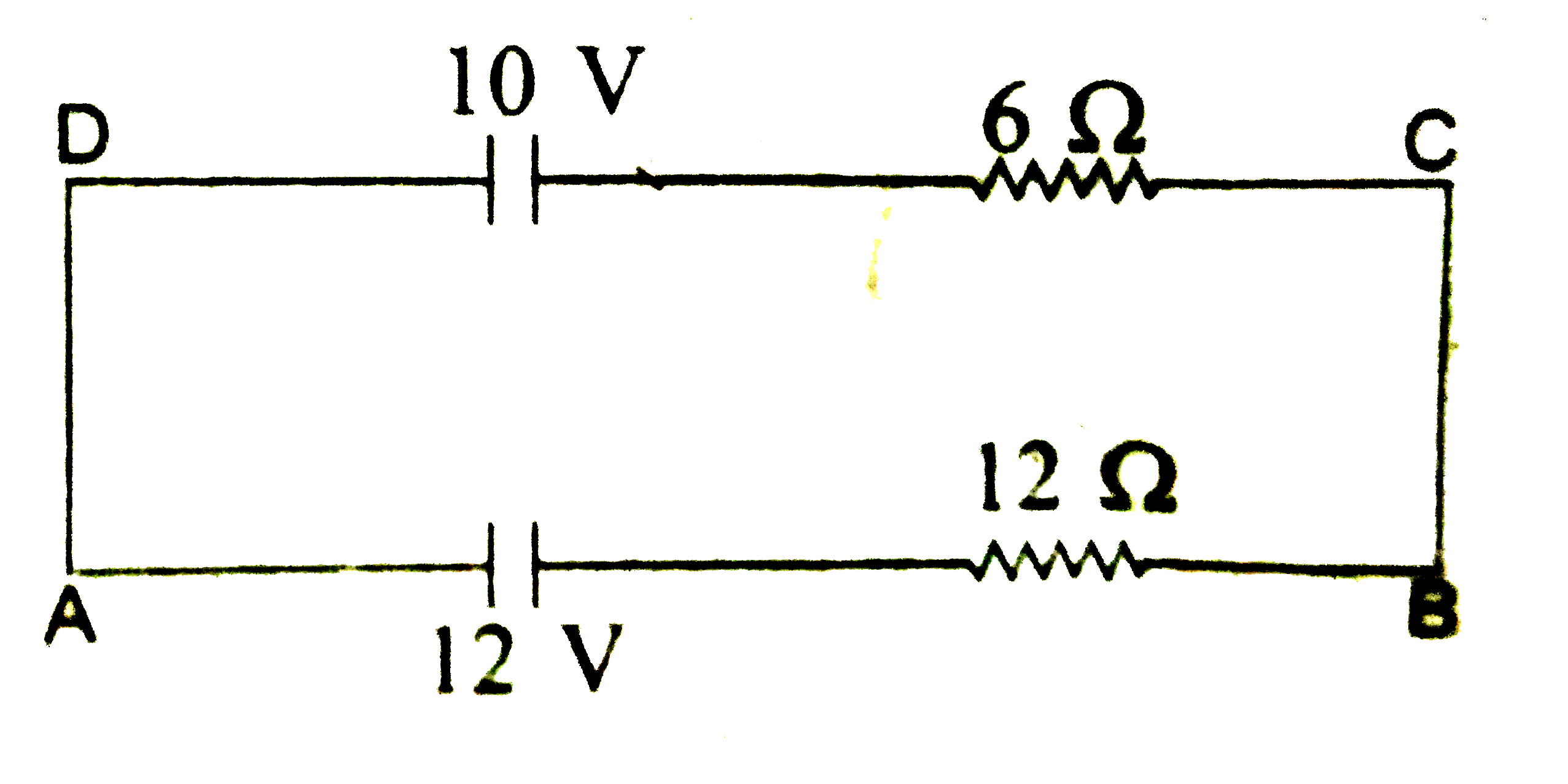In given question consists of a statement followed by two arguments I and II. Give answer (a) if only argument I is strong,(b) if only argument II is strong, (c) if either I or II is strong, (d) if neither I nor II is strong and (e) if both I and II are strong.
Statement: Should selection tests be of the objective rather than of the descriptive type?
Arguments: I. Yes. The assessment of answer to objective type question is fair and impartial.
II. No. The descriptive type test is certainly a better tool than the objective type test.
Step by step video & image solution for In given question consists of a statement followed by two arguments I and II. Give answer (a) if only argument I is strong,(b) if only argument II is strong, (c) if either I or II is strong, (d) if neither I nor II is strong and (e) if both I and II are strong. Statement: Should selection tests be of the objective rather than of the descriptive type? Arguments: I. Yes. The assessment of answer to objective type question is fair and impartial. II. No. The descriptive type test is certainly a better tool than the objective type test. by Reasoning experts to help you in doubts & scoring excellent marks in Class 14 exams.
Updated on:21/07/2023Topper's Solved these Questions
Similar Questions
In given question, three statements are given followed by four conclusions numbered I, II, II, and IV. You have to take the given statements to be true even if they seem to be at variance with commonly known facts and then decide which of the given conclusions logically follows from the given statements disregarding commonly known facts.
Statements: All buildings are rains. All papers are buildings. All dogs are papers.
Conclusions:I All dogs are rains.
II. Some papers are rains.
III. Some rains are buildings.
IV. Some rains are papers.
(a) Only I and II follow
(b) Only II and III follow
(c) Only I,II, and III follow
(d) All follow
(e) None of these
View SolutionA statement is given followed by two conclusions numbered I and II.
Give answer
{a) if only conclusion I follows:
(b) if only conclusion II follows,
(c) if either I or II follows,
(d) if neither I nor II follows, and
(e) if both I and II follow
Statement: Sealed tenders are invited from competent contractors experienced in executing construction jobs.
Conclusions: I. Tenders are invited only from experienced contractors.
II. It is difficult to find competent tenderers in construction jobs.
View Solutionनाइट्रो बेंजीन का प्रबल अम्लीय माध्यम में अपचयन करने पर अंतिम उत्पाद बनता है-
View Solutionनिम्नलिखित पर संक्षिप्त टिप्पणी लिखिए-
(i ) आयोडोफॉर्म परीक्षण ।
(ii ) सैण्डमेयर अभिक्रिया ।
View Solutionनिम्नलिखित पर संक्षिप्त टिप्पणी लिखिए-
(i ) डार्जेन अभिक्रिया , (ii ) वुर्ट्ज अभिक्रिया।
View Solutionनिम्नलिखित पर संक्षिप्त टिप्पणी लिखिए-
(i ) आयोडोफॉर्म परीक्षण ।
(ii ) सैण्डमेयर अभिक्रिया ।
View Solutionसंक्रमण तत्वों के निम्नलिखित गुणों की व्याख्या कीजिए ।
(i) धानात्विक प्रकृति, (ii) अनुचुंबकिय लक्षण।
View Solutionदिए गये विघुत परिपथ की सहायता से ज्ञात कीजिए
- (i) परिपथ में धारा , तथा
(ii) बिन्दु A तथा B के बीच विभवान्तर ।

View Solutionएक स्थिर इलेक्ट्रॉन पर क्या प्रभाव होगा यदि (i ) एक चुम्बकीय क्षेत्र लगाया जाता है, (ii ) एक वैधुत क्षेत्र लगाया जाता है?
View Solutionएक प्रेरक के बहने वाली धारा, i=4+12t द्वारा दी जाती है, जहाँ I ऐम्पियर में तथा t सेकण्ड में है | इसमें स्वप्रेरित विधुत वाहक बल 12 mV है | ज्ञात कीजिए- (i) स्वप्रेरकत्व, तथा (ii) t=1 सेकण्ड पर प्रेरक में संचित ऊर्जा एवं इसको प्रदान की गयी शक्ति |
View Solutionएक प्रेरक में प्रवाहित धारा, i=2+5t द्वारा व्यक्त की जाती है, जहाँ i ऐम्पियर तथा t सेकण्ड में है | इसमें स्वप्रेरित विधुत वाहक बल 10 मिलिवोल्ट है | ज्ञात कीजिए -
(i) स्वप्रेरण गुणांक, तथा (ii) t=2 सेकण्ड पर प्रेरक में संचित ऊर्जा |
View Solutionप्रत्यावर्ती परिपथ के शक्ति गुणांक क्या होगा , यदि परिपथ में , (i ) शुद्ध प्रतिरोधी हो (ii ) शुद्ध प्रेरकीय हो ?
View Solutionएक रेखिक समीकरण दी गई है । दो चरो में एक ऐसी और रेखिक समीकरण लिखिए ताकि प्राप्त युग्म का ज्यामितीय निरूपण जैसा कि:
(i)प्रतिच्छेद करती रेखाए हो।
(ii) समान्तर रेखाए हो।
(iii) सम्पती रेखाए हो|
View Solutionदो पाँसे एक साथ उछाले जाते हैं। प्रायिकता ज्ञात कीजिए, जबकि ऊपर पड़ने वाली संख्याओं का योगफल
(i) एक सम संख्या हो, जो 8 से अधिक हो,
(ii) 3 का गुणज हो, जोकि 9 से अधिक न हो।
View Solutionएक पाँसे को पाँच बार यदृच्छया फेंका जाता है। प्रायिकता ज्ञात कीजिये यदि :
(i) कोई एक निश्चित अंक चार बार ऊपर आता है।
(ii) कोई एक निश्चित अंक कम से कम चार बार ऊपर आता है।
View Solutionनिम्नलिखित कथनों पर विचार करें :
कथन I : →a=2→i−3→j+→k और →b=5→i+2→j−4→k परस्पर लंबवत है
कथन II : →a×→b=0
View Solution
